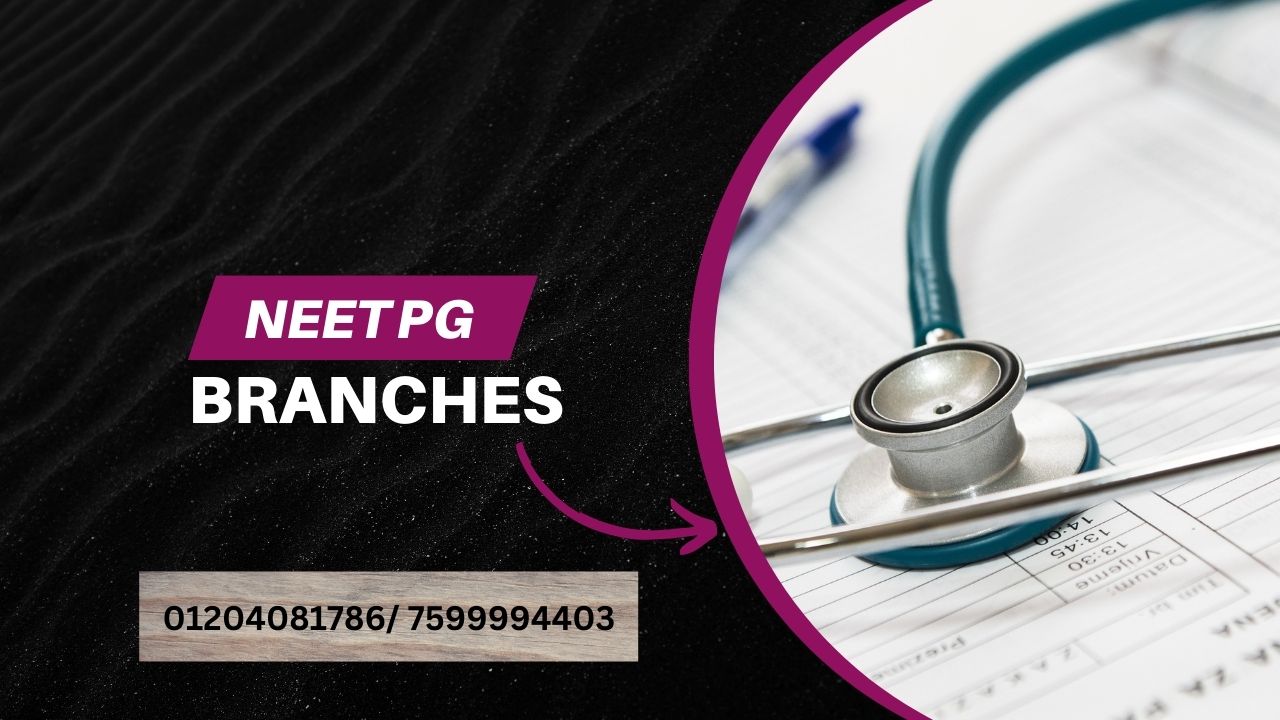The NEET PG seat matrix shows how many seats are available for medical postgraduate courses across India. It helps students understand the number of seats in different colleges and specialties before the counseling process. This matrix includes seats from government, private, and deemed universities. Having the seat matrix helps candidates plan better and choose colleges wisely during NEET PG counseling. It’s an important guide for all medical graduates wanting for postgrad studies.
Importance of the Seat Matrix in NEET PG Counseling
The seat matrix in NEET PG counseling is very important because it shows how many seats are available in different medical colleges and courses. It helps candidates understand their options clearly and plan their choices wisely. Without a seat matrix, it would be difficult to know where and how many seats can be filled.
Also, the seat matrix ensures a fair and transparent process by giving equal chances to all candidates based on their ranks and preferences. This helps avoid confusion and makes the whole counseling process smooth and organized.
Types of Seats in the NEET PG Seat Matrix
The NEET PG seat matrix includes different types of seats for medical graduates. These seats are divided mainly into All India Quota (AIQ) seats, State Quota seats, and Management Quota seats. AIQ seats are open for candidates all over India, while State Quota seats are reserved for students from the respective states. Management Quota seats are generally available in private colleges and filled through separate criteria.
Understanding these categories helps candidates know their chances and plan accordingly. Each type of seat has its own rules, and Having about them makes the admission process clearer and easier to navigate.
Distribution of Seats Across States and Colleges
The distribution of seats across states and colleges helps make sure fair opportunities for students everywhere. Different states get a certain number of seats based on their population and demand. This way, students from all regions have a chance to join colleges without overcrowding in one place.
Colleges also divide their seats among many categories and quotas to support diversity. This balanced seat distribution helps create a mix of students from different backgrounds, making education more inclusive and fair for everyone.
Quota System in NEET PG Seat Matrix
The quota system in the NEET PG seat matrix helps divide medical seats fairly among different groups. It makes sure that reserved categories like SC, ST, and OBC get a certain percentage of seats, so everyone gets a chance to study medicine. This system aims to promote equality and support students from many backgrounds.
However, the quota also creates some challenges, like fewer seats for general category students. Still, it plays an important role in making medical education more inclusive and diverse.
Government vs Private Medical Colleges Seat Allocation
Government and private medical colleges have different ways of allocating seats to students. Government colleges generally have a fixed number of seats, and they generally reserve some for reserved categories and local students. The fees are generally lower, making them affordable for many. Seats are mostly given based on merit through competitive exams.
Private colleges, on the other side, have more flexible seat allocation and higher fees. They may also provide management or donation seats, which can be a quicker option but expensive. This creates a difference in accessibility and opportunities for students.
State vs All India Quota Seats Explained
State Quota and All India Quota seats are two ways medical and dental seats are divided in India. State Quota seats are reserved for students who belong to that particular state, making it easier for locals to get admission. These seats generally make up 85% of the total seats in government colleges.
On the other hand, All India Quota seats, about 15%, are open to students from across the country. This allows students to compete for seats outside their home state, giving more options and opportunities. Together, these quotas balance local preferences and national competition.
Changes in NEET PG Seat Matrix Over the Years
The NEET PG seat matrix has changed a lot over the years to give more students a chance to study postgraduate medical courses. Initially, there were less seats, but with the increase in medical colleges, the number of available seats has grown significantly. This helps reduce competition and gives more doctors the opportunity to specialize.
Besides increasing seats, the seat matrix has also been adjusted to balance reservations and quotas among states and categories. This makes the admission process fairer and helps students from different backgrounds get their rightful chance. Overall, these changes aim to improve medical education access across the country.
How to Check the NEET PG Seat Matrix for Counseling
To check the NEET PG seat matrix for counseling, visit the official MCC (Medical Counseling Committee) website. Look for the “PG Counseling” section and find the link for the seat matrix. This document shows the number of seats available in each college and branch.
You can download the seat matrix PDF and check details like institute name, course, category-wise seat availability, and state quota. It helps you make better choices during counseling by having where seats are available for your rank.
Factors Affecting Seat Matrix and Seat Availability
Seat matrix and seat availability in colleges or exams depend on several factors. One major factor is government policies, which decide how many seats are reserved for different categories like SC, ST, OBC, or EWS. Another factor is the total number of institutions and courses provided.
Changes in demand for some courses, the popularity of colleges, and yearly updates by authorities also affect availability. Sometimes, new colleges open or more seats are added, which can increase opportunities for students.

FAQ’s
Ans- The NEET PG Seat Matrix shows the number of available postgraduate medical seats across colleges, categories, and quotas in India.
Ans- The seat matrix helps candidates understand seat availability, plan choices wisely, and make sure a fair, transparent NEET PG counseling process.
Ans- No, the NEET PG seat matrix includes MD/MS seats, while a separate matrix under NEET MDS covers dental (MDS) seats.
Ans- The Medical Counseling Committee (MCC) is responsible for releasing the NEET PG seat matrix for All India Quota counseling.
Connect with Us
Start your medical educational journey with the Admission Zone! Contact us today on 9205488482/ 7599994403 or WhatsApp us to explore a world of educational possibilities in the state and secure your admission to a brighter future.
Conclusion
The NEET PG seat matrix is a vital tool for medical graduates planning their postgraduate journey. It gives a clear picture of seat availability across colleges, quotas, and categories, helping students make informed decisions during counseling. By understanding the types of seats, distribution, and quota systems, candidates can better plan their choices. Regular updates and changes in the seat matrix aim to make medical education more accessible, fair, and inclusive for students from all backgrounds across India.








